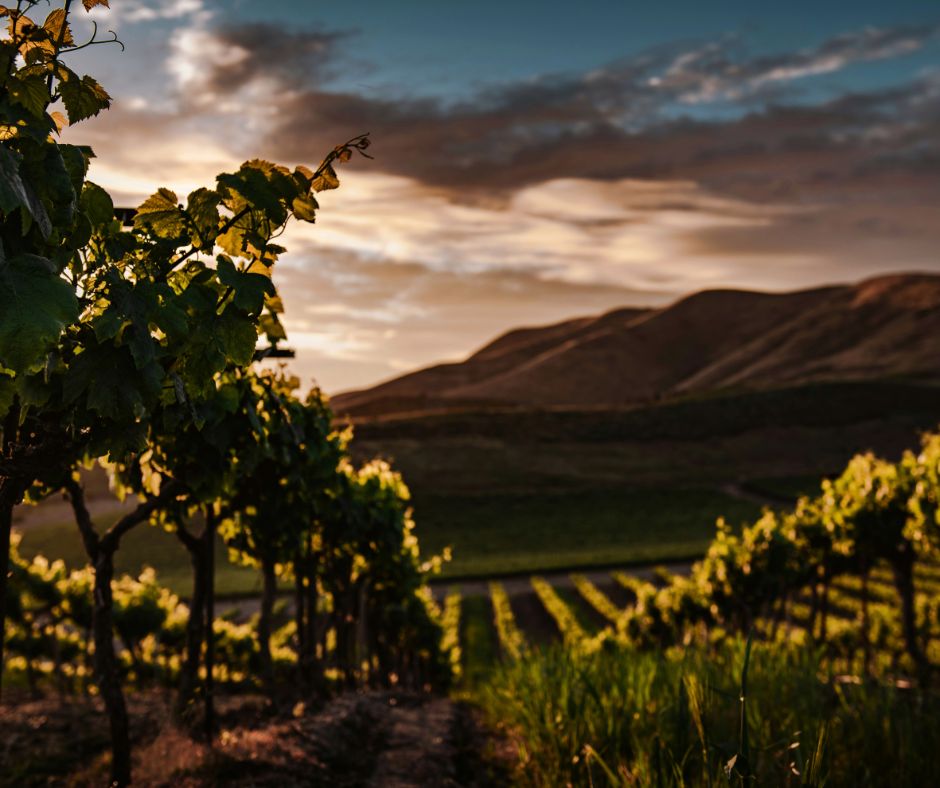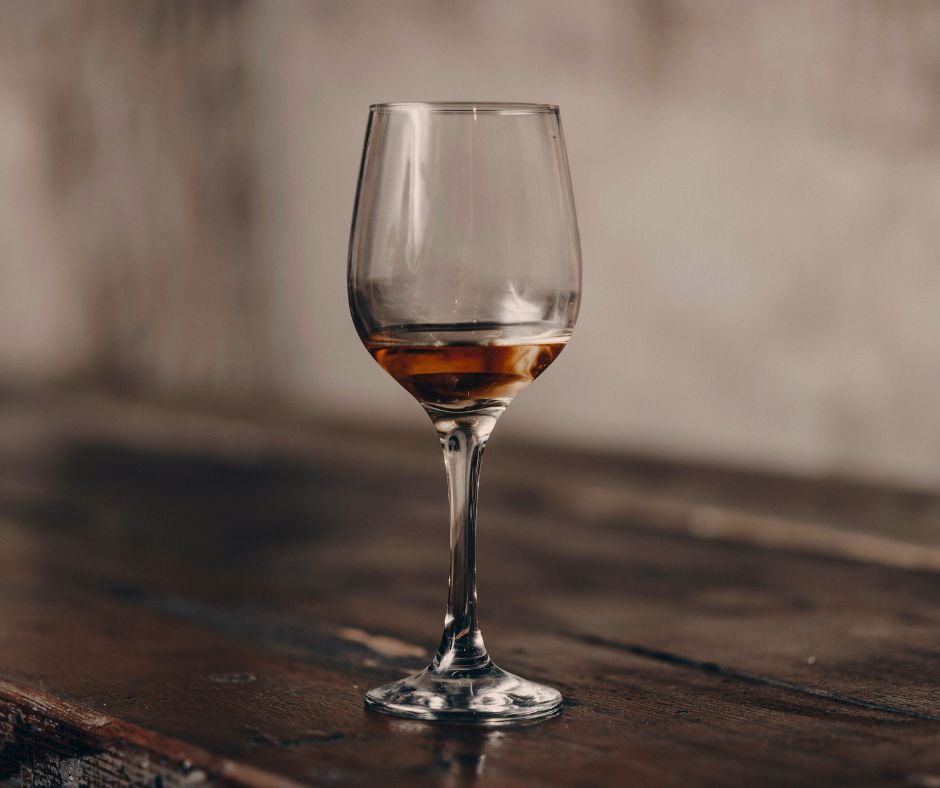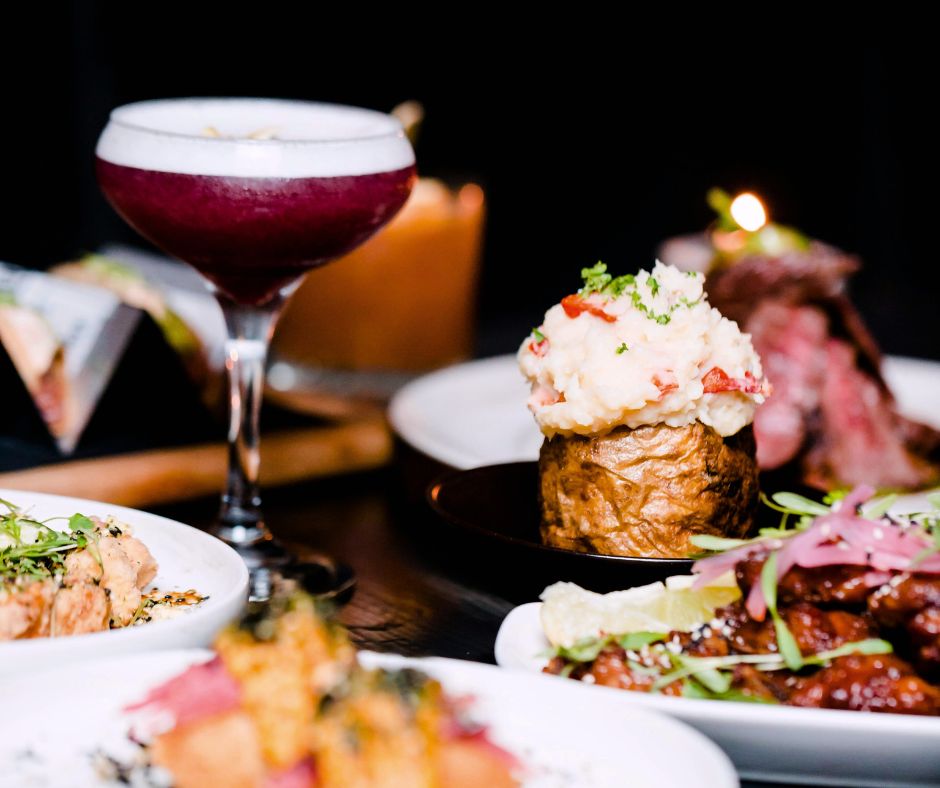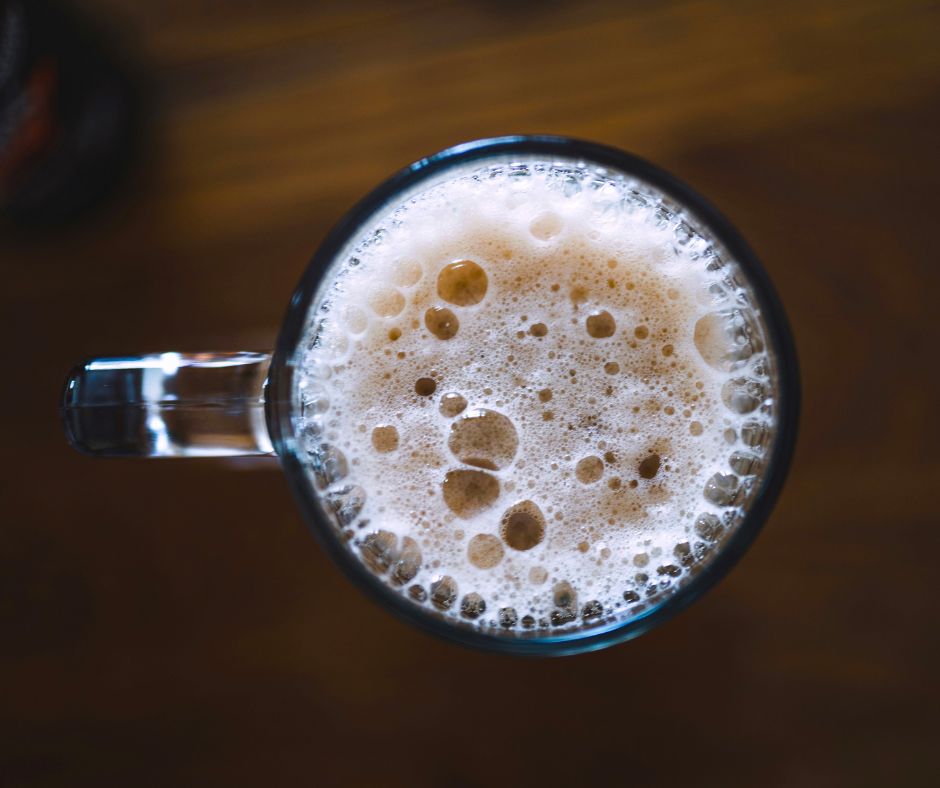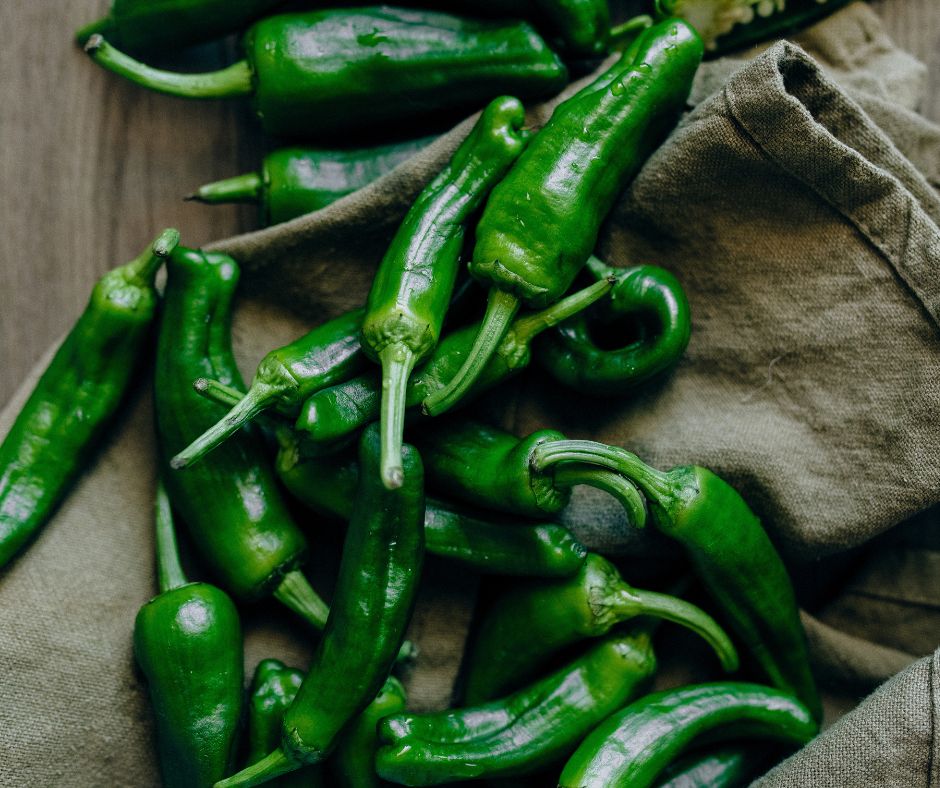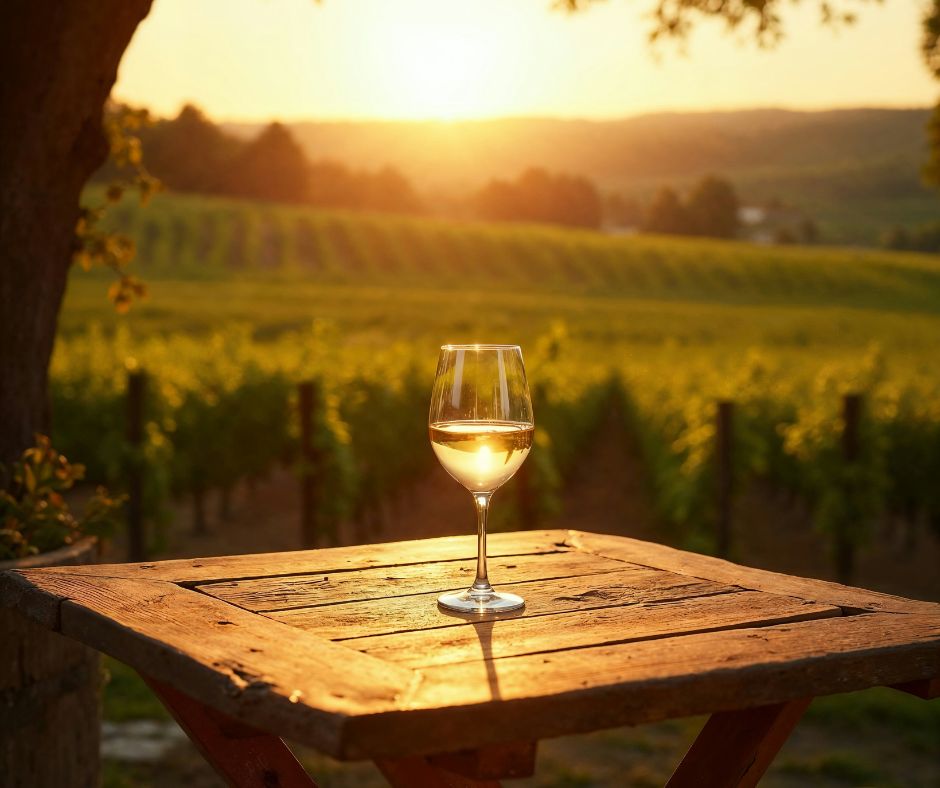Typicity, Terroir, and Talent: The Triple Threat That Shapes Your Wine
Let’s be honest. Wine isn’t just fermented grape juice. It’s personality in a glass — the result of what grape was grown, where it was grown, and how it was made. Whether you’re sipping a zippy Albariño or a smoky Syrah, the flavors you’re tasting didn’t show up uninvited.
Those flavors? They’re often sorted into three main groups:
- Primary flavors from the grape itself
- Secondary flavors influenced by terroir and fermentation
- Tertiary flavors that come from aging and winemaker choices
And behind all that? The trio we affectionately call the Three T’s: Typicity, Terroir, and Talent.
Let’s decant this.
Typicity: When Grapes Behave as They Should
(Primary flavors, front and center)
Cabernet Sauvignon should taste like blackcurrant. If it doesn’t, someone’s got explaining to do.
Typicity is the grape’s calling card. It’s what gives a wine its primary flavors — the natural aromatics and taste notes that emerge when the grape is doing its thing, unfiltered by location or oak.
Here’s what typicity delivers:
- Cabernet Sauvignon: Blackcurrant, green bell pepper, cedar.
- Pinot Noir: Cherry, raspberry, rose petal.
- Riesling: Lime zest, green apple, jasmine.
- Grenache: Strawberry, orange peel, white pepper.
These are the flavors Aiza — Pairable™’s AI pairing pro — considers first when matching food and wine. They form the baseline for every flavor bridge.
Why Pairable Cares: Typicity is what lets Aiza say, “This is a Sauvignon Blanc. Expect citrus and grass. Don’t pair it with your chocolate torte.” She’s got standards.
Terroir: The Ground Beneath Your Glass
(Secondary flavors, thanks to climate and soil)
You can take the grape out of the vineyard, but you can’t take the vineyard out of the grape.
Terroir adds nuance — the secondary flavors shaped by soil, climate, elevation, and weather. It’s why a Chardonnay from Chablis hits with flinty minerality, while one from Napa tastes like tropical vacation.
Terroir drives complexity. Take a tour:
- Marl soil (like in Barolo): Delivers violets and tar in Nebbiolo.
- Volcanic ash (Etna, Sicily): Adds smokiness and minerality to Carricante.
- High elevation: Preserves acidity, brightens citrus and floral notes.
- Cool climate: Keeps alcohol low and adds herbaceous or green notes (e.g., Loire Cab Franc’s tomato leaf kick).
Why Pairable Cares: Aiza factors in origin when making recommendations — she knows Albariño from Rías Baixas might have a sea-spray salinity that’s perfect with oysters, but not your slow-braised lamb.
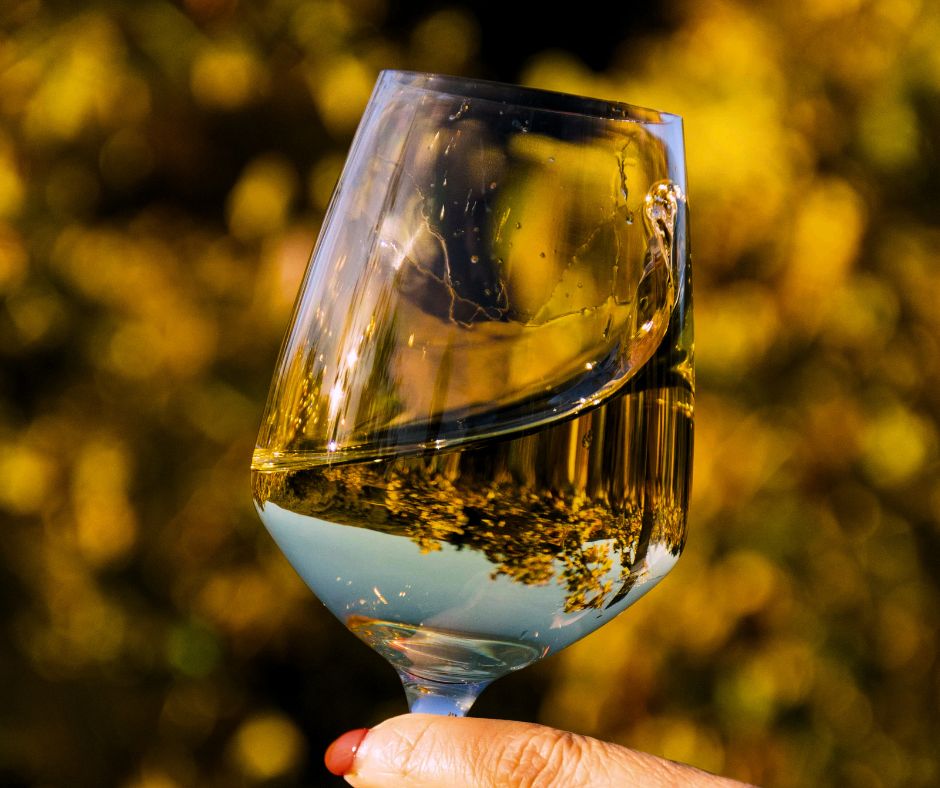
Talent: The Winemaker’s Magic Touch
(Tertiary flavors from age, oak, and artistry)
Aging gracefully isn’t just for Bordeaux.
The final flavor layer comes from tertiary characteristics — flavors created through winemaking and aging. This is where the human factor really struts.
Examples of talent-driven flavor:
- Oak aging: Vanilla, clove, toast, coconut (American oak) or spice and pencil shavings (French oak).
- Lees contact (like in Muscadet or Champagne): Adds creamy, yeasty notes — think sourdough or brioche.
- Bottle aging: Triggers tertiary flavors like leather, mushroom, fig, tobacco, or dried fruit.
Some winemakers push the grape to its limits (hello, Amarone). Others hold back, letting purity reign (classic Mosel Riesling). Either way, their choices directly shape the flavors in your glass.
Why Pairable Cares: When a wine has gone full Mad Men with its tobacco, vanilla, and leather notes, Aiza shifts her pairing strategy — aiming for dishes with umami, earth, or smoke to match the wine’s evolved personality.
TL;DR — Typicity is the base flavor. Terroir gives it character. Talent brings the drama.
Here’s how it plays out:
- Primary flavors = What the grape naturally wants to say.
- Secondary flavors = What the land whispers into its ear.
- Tertiary flavors = What the winemaker adds with time and touch.
Whether you’re drinking something fresh off the bottling line or a cellar-aged classic, these three forces — and flavor stages — are at work in every sip.
And at Pairable™, we help you drink smarter by knowing what’s behind the bottle.
Pair wisely. Live deliciously.
– Team Pairable™


